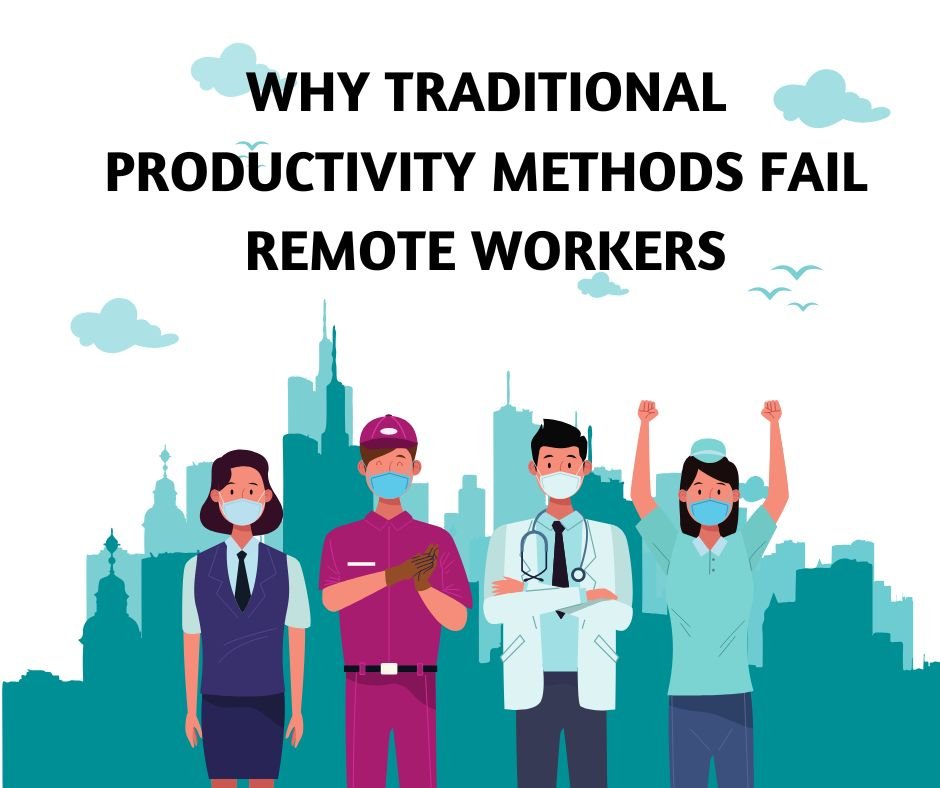For years, procrastination was the enemy of productivity. But a surprising trend is emerging among high-performing remote workers: strategic procrastination—the art of delaying work to achieve better results.
A 2024 study published in the Journal of Applied Psychology found that remote workers who practiced intentional procrastination were 27% more productive than their “always on” counterparts. Even more surprising? They reported 41% lower burnout rates.
Why Traditional Productivity Methods Fail Remote Workers
The classic “eat the frog first” approach—tackling your hardest task immediately—often backfires in remote work environments. Here’s why:
- Energy Mismatch
- 68% of remote workers aren’t morning people (FlexJobs Survey)
- Forcing difficult tasks early leads to 53% more errors (Stanford Research)
- Creative Work Requires Incubation
- The brain solves complex problems subconsciously during downtime
- Rushed decisions are 34% less innovative (Harvard Business Review)
- The Myth of Constant Availability
- Immediate responses create shallow work
- Async responses allow for deeper thinking

The Science Behind Productive Procrastination
Researchers at the University of California identified two types of procrastination:
1. Passive Procrastination
- Mindless scrolling
- Avoidance behaviors
- Genuine time-wasting
2. Active Procrastination
- Intentional delay for optimal conditions
- Strategic task-switching
- Using downtime for subconscious processing
The latter group outperformed traditional workers on:
✔ Creativity metrics (+39%)
✔ Problem-solving speed (+28%)
✔ Decision quality (+33%)
How Top Remote Workers Practice Strategic Delay
1. The “Creative Pause” Method
- Used by writers at The New Yorker
- When stuck, switch to a menial task (folding laundry, walking)
- 72% report breakthroughs during these pauses
2. The Eisenhower Matrix 2.0
Remote workers at Asana modified the classic framework:
| Urgent | Not Urgent | |
|---|---|---|
| Important | Do immediately | Schedule for peak energy |
| Unimportant | Delegate | Procrastinate intentionally |
3. The “Procrastination Dashboard”
- Designated “delay tasks” (emails, admin work)
- Used when energy is low but pressure to “be productive” is high
- Prevents guilt while honoring natural rhythms
Tools for Intentional Procrastination
- Motion – Automatically reschedules tasks based on your energy levels
- Brain.fm – AI-generated music to stimulate subconscious thinking
- Focusmate – Virtual coworking for accountability during productive periods
- Tweek – Super-simple to-do list that encourages flexible scheduling
The Dark Side of Procrastination
While strategic delay has benefits, watch for these red flags:
- Missed deadlines (indicates poor planning, not productive delay)
- Anxiety about unfinished work (means you’re avoiding, not incubating)
- Colleagues complaining about responsiveness (suggests poor communication)
Implementing a Procrastination-Friendly Work Culture
Forward-thinking remote companies are:
✅ Measuring output quality over response speed
✅ Encouraging “thinking time” in project timelines
✅ Training managers to recognize strategic delay vs. poor performance
GitLab includes this in their onboarding:
“If you’re stuck on a complex problem, step away. Your best ideas won’t come while staring at a screen.”

Your 7-Day Productive Procrastination Challenge
Day 1: Identify your energy peaks/troughs
Day 2: Create a “delay-approved” task list
Day 3: Schedule one creative pause
Day 4: Try the 2-minute rule (if it takes <2 mins, do it now)
Day 5: Batch “shallow work” into low-energy periods
Day 6: Communicate delays proactively (“I’ll send thoughts by Friday”)
Day 7: Reflect on what worked
The Future of Remote Productivity
As we enter the era of AI-assisted work, the human advantage will be:
➔ Creative problem-solving
➔ Strategic thinking
➔ Emotional intelligence
All of which flourish when we stop fetishizing constant activity.
The most productive remote workers of 2025 won’t be those who respond fastest—they’ll be those who respond best.
Key Takeaways:
- Not all procrastination is bad—strategic delay boosts creativity
- Remote work demands energy-aware scheduling, not rigid routines
- The best ideas often come during breaks, not forced focus
- Companies must measure outcomes, not just activity
- Productivity tools should support natural rhythms, not fight them
The remote work revolution isn’t just about where we work—it’s about rethinking how we work. By embracing the science of productive procrastination, we can achieve more while working less.

